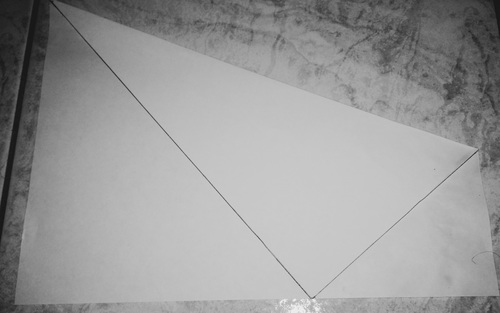Just a piece of paper
 A standard 8.5x11 piece of paper has one of its vertices folded such that the fold terminates along the opposite side forming a trapezoid. Find the length of the fold (this refers to the longest side of the Trapezoid).
A standard 8.5x11 piece of paper has one of its vertices folded such that the fold terminates along the opposite side forming a trapezoid. Find the length of the fold (this refers to the longest side of the Trapezoid).
This is part of a new set of problems im making titled "how significant something can be" where I will pose problems based on ordinary everyday things that we take for granted. #everyday
The answer is 12.167.
This section requires Javascript.
You are seeing this because something didn't load right. We suggest you, (a) try
refreshing the page, (b) enabling javascript if it is disabled on your browser and,
finally, (c)
loading the
non-javascript version of this page
. We're sorry about the hassle.
Referring to the diagram, let the length of the diagonal segment of positive slope be x .
Now the base side is divided into two segments: the one to the left has length
a = 1 1 2 − 8 . 5 2 , and hence the one to the right has length 1 1 − a .
Looking now at the small triangle on the lower right of the diagram, we have that
x 2 = ( 8 . 5 − x ) 2 + ( 1 1 − a ) 2 ⟹ x = 1 7 8 . 5 2 + ( 1 1 − a ) 2 .
The fold then has length 1 1 2 + x 2 , which when we plug all the numbers in to a handy calculator gives us a fold length of 1 2 . 1 6 7 to 3 decimal places.